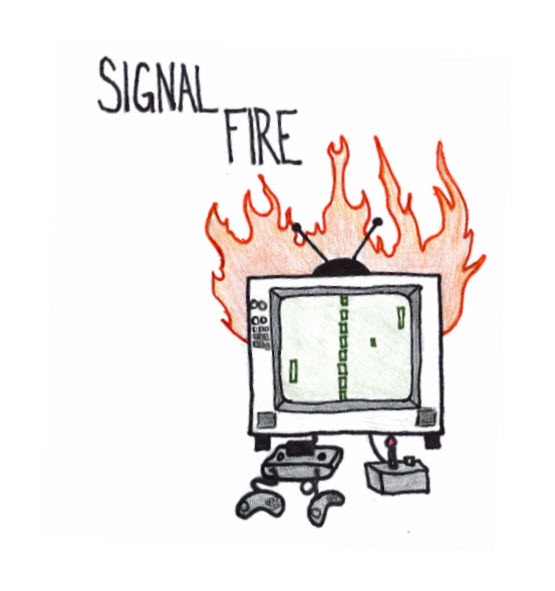Not quite Metroid
Xeodrifter Review
For those who were avid gamers in the 1990s, nostalgia may be one of the driving forces behind your modern game purchases. Game companies seem to have capitalised upon this concept, as we’ve been seeing a large influx of pixelated, side scrolling adventures recently. The one that caught my attention recently was Xeodrifter, available on the PS4, PS Vita, Wii U, 3DS, and PC. Sadly, I was not an avid gamer in the 90s due to my chronic case of not being alive yet, but I was nonetheless raised on the classics. I still have fond memories of Pokémon Blue on the Gameboy Pocket, Goldeneye on the N64, Spyro and Crash Bandicoot on the PS1. One of my favorite game series, however, was the Metroid series. The thrill of unlocking new zones and powerful abilities while exploring a monster-infested derelict space station became one of my most frequent pastimes. Due to my nostalgia, I was quite excited to try out Xeodrifter on the PS4, a game which seemed to have a lot in common with Metroid.
Initially, the presentation had me hooked. The chiptune-infused colorful pixelated title screen let me know I was in for a fun experience. However, the game started dishing out the disappointment shortly after that. To be fair, I know that Xeodrifter is as much a portable game as it is a console game, but the discovery that the game consists of only four areas was still a bit of a letdown. Before I rant about what the game lacked, I should probably mention what it did right. The controls were tight and responsive, albeit a little awkward later on in the game. The game had a well-implemented system of exploration that forced you to familiarize yourself with the whole world to progress through its challenges. As you obtained movement upgrades that unlocked larger sections of the map, you could also upgrade your primary weapon in a variety of surprisingly diverse and useful ways. While these elements show promise, they are overshadowed by various flaws and restrictions. As mentioned before, the entire game is four areas, all of which are relatively small. Exploring these areas is artificially elongated by the necessity of needing certain items for certain areas, but don’t be surprised if you find yourself covering the entire map in one sitting. In my opinion, though, the game’s biggest failing is its complete lack of diversity in boss fights. All the bosses you face are literally identical in appearance, save for color differences. The only difference in fighting them is that each one is able to use one more move than the last, while the final boss involves some platforming in the fight. After a while, initiating boss fights becomes the most boring and tedious thing to do in the game, which is inexcusable for a game of this nature. On top of the similar bosses, the game is surprisingly short. I beat it in about 1 hour on my second playthrough, so it left me wishing it had a bit more content.
In closing, Xeodrifter is excellent in concept, and it does several things well. The weapon upgrade system is unique and addicting, pushing you to always be hunting for that next upgrade. The exploration does its best to keep the player engaged, while never quite straying into hand-holding. Combat is functional, if a little repetitive. While impressive at its core, this game is sadly lacking in long-lasting features which would make the game feel satisfying. If the makers of Xeodrifter were to make a sequel which was packed with more rich and diverse content, I would certainly be interested in picking it up. As it stands, though, I wouldn’t recommend purchasing Xeodrifter, unless you’re desperate for your nostalgia fix or you find that it’s on sale. I think I’ll just stick with Metroid for the time being.
Next week: Our trip down memory lane continues, and the places we’ll go are absolutely Unreal.

Artsy movies, trashy video games, and ramen noodles are my life blood. I enjoy writing about all three of these intermittently, as a means of filling the...


